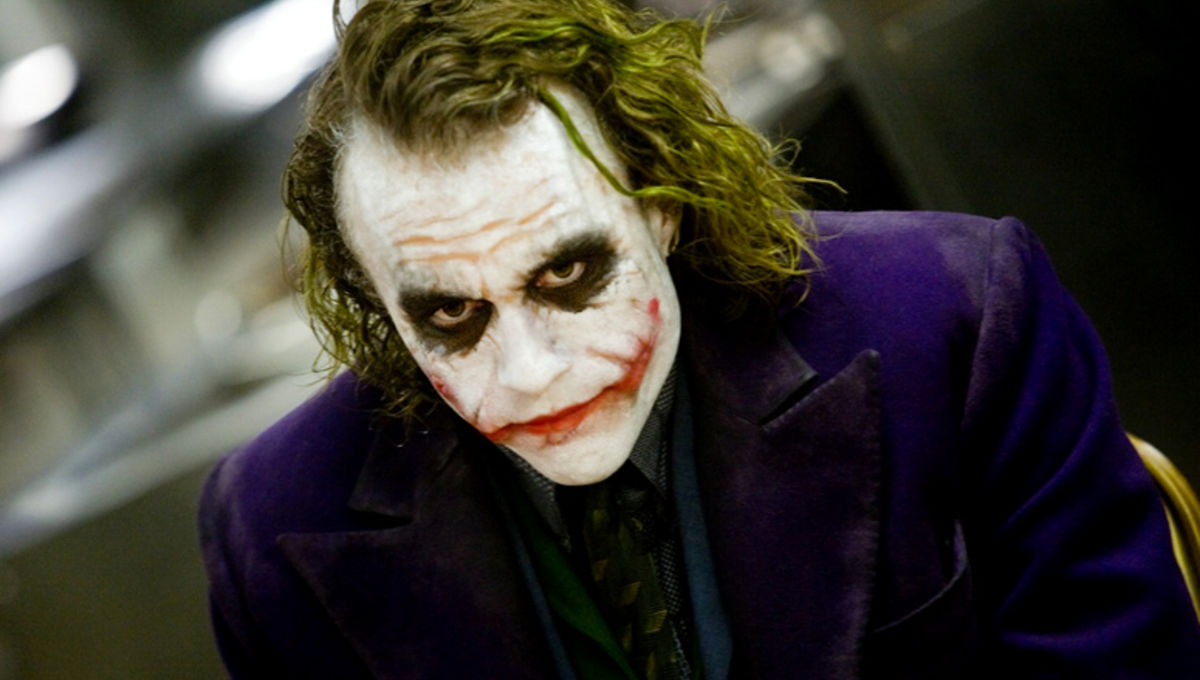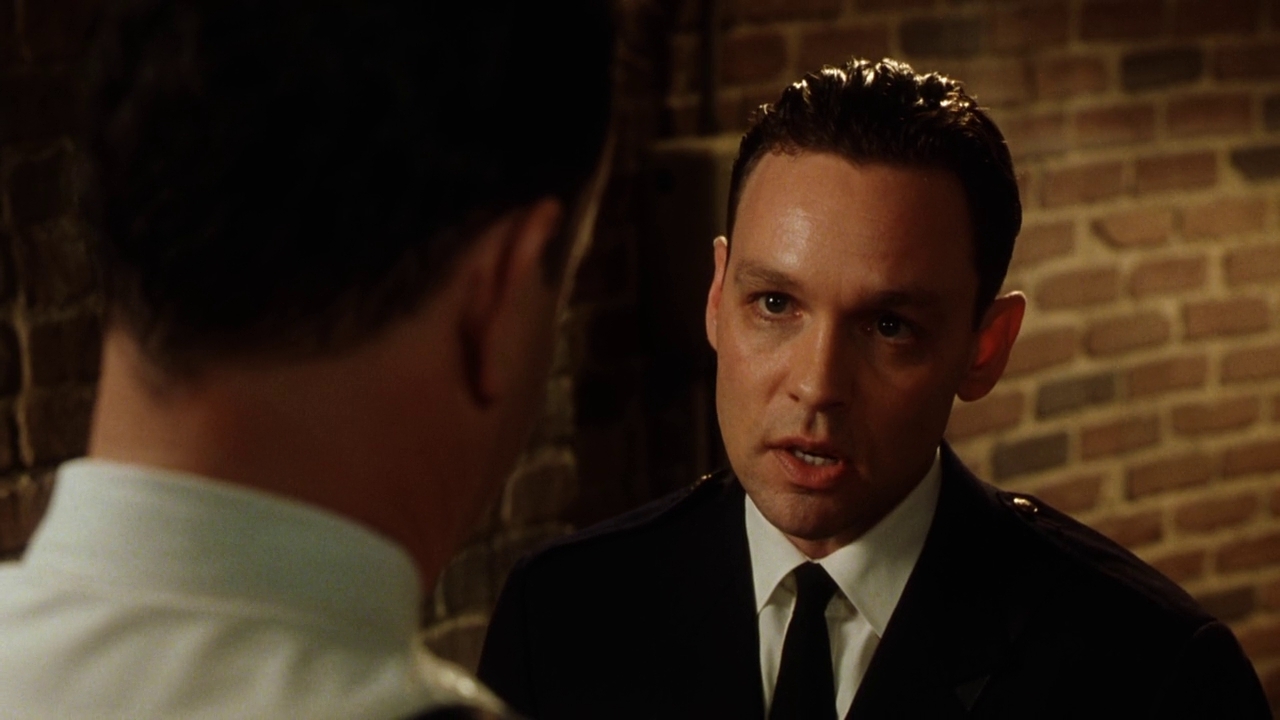How can cinema differentiate between likeable and loathsome villains?
In films, we traditionally have characters that progress the narrative and help viewers analyse their features. Heroes are introduced as individuals who become part of a goal-orientated quest where they triumph over obstacles at turning points usually led by the villain. They are placed as the central characters of a story (defined as ‘protagonist’) that are represented as good, likeable individuals. However, this article suggests that although villains oppose the hero’s actions with motives of greed, jealousy or anger, the film industry makes some likeable. From a number of films released, it can be clearly shown that we have villains who are cultural favourites, which makes them likeable for viewers. On the other hand, there are other villains who distinguish themselves as completely detestable on part of both characters and audience. So, how does cinema distinguish between these appealing and loathsome villains? Let’s look at some examples.
The Joker (Heath Ledger) in The Dark Knight (2008) is a murderer and has serious mental issues, some of which could be symptoms of schizophrenia or post-trauma. He was responsible for Rachel’s death, scarring half of Harvey’s face, persuading him to murder for revenge and then forcing Batman, our hero, to become Gotham’s villain. The Joker is all about destruction, death and wants to watch the world burn. Yet, the Joker is loved everywhere by film enthusiasts and is considered a cultural favourite character. A lot of this could be due to Heath Ledger’s untimely death in 2008 but even before his interpretation hit the screens, the Joker was considered a favourable antagonist in both the comics and film adaptations.

Another example is Darth Vader in the Star Wars series. His story from a young Jedi Knight turned Sith Lord is the central premise of the entire saga, at least up until The Force Awakens. He is the most important character and in his trademark black suit and helmet, Vader remains a likeable villain and a global favourite. Why? Star Wars being possibly the most successful film series of all time may contribute to it, but characteristics of Vader are unique and enhances audience’s enjoyment of watching him. His deep voice and mechanical breathing are distinctive features that make him standout as a likeable villain, sometimes encouraging fans to do impressions of them as well as directly quote him from certain scenes. Considering this, he is even more likeable from that he is associated among “the Dark Side” and combats against protagonists in a unique style that, until that point, cinema hadn’t created before. Other villains are likeable for being funny, such as Dr. Evil (Mike Myers) in the Austin Powers trilogy.
Having used the Joker and Darth Vader as key examples of likable villains, what exactly is it about other villains that make them more detestable for viewers? It could depend on the character and plot but much of it is mainly because these characters are actually among the protagonist’s group or society. They pretend to be good when they are actually something deliberately that is represented as evil, particularly as we engage with the protagonists. It may also be a significant reminder to viewers that there are people in the world who these characters remind them of. These hateable villains may actually be less the primary antagonist compared to the likable villains. Hollywood usually depict heroes (good) and villains (evil), but due to this traditional representation of characters, viewers seem to enjoy some villains being evil (such as the Joker) as it is in their nature.
In The Green Mile (1999), for example, we have a supporting character who doesn’t entirely fall into the villain role but who certainly shows signs of being a detestable villain. This character is Percy Wetmore (played by Doug Hutchison), the young arrogant prison guard. From his first scene of chanting “we got a dead man walking here!” and breaking a prisoner’s fingers, he proves himself to be completely loathsome characters for both the other guards and the audience. Similar to a spoiled child with exceedingly rich parents, Percy uses his power and authority as the prison governor’s nephew to do as he pleases. He is ignorant to the rules and regulations of his job and he deliberately antagonises his employer Paul Edgecomb (Tom Hanks) and fellow colleagues Brutal (David Morse), Dean (Barry Pepper) and Harry (Jeffrey DeMunn) for no real discernible reason.

Perhaps the obvious scene example is the execution of prisoner Eduard Delacroix (Michael Jeter), one whom Percy had a negative relationship with. In exchange for transferring to another job, Percy takes charge of Delacroix’s execution and intentionally sabotages it. Again, ignoring what the procedure involves and ignorant of the consequences, he quickly regretted the decision. This unveils a sense of moral weakness as well as cowardice in Percy. He already shows weakness outside of it when he urinates himself in an encounter with Wild Bill (Sam Rockwell) and stamping on an animal, but doesn’t accept responsibility for Del’s execution until he’s forced into punishment. Percy gets his comeuppance in the end from John Coffey (Michael Clarke Duncan) as punishment for being “a bad man” alongside Wild Bill. Even he is perhaps considered less detestable than Percy despite being a murderer and revealed paedophile because it is in his nature to be evil and exactly the opposite to a hero.
Another character who may be considered a detestable villain is Mr. Henry Potter in It’s A Wonderful Life (1946). Listed sixth among AFI’s greatest villains, Mr. Potter is a despicable banker who takes pleasure from the suffering of others. Like Percy in The Green Mile, Mr. Potter is part of the main character’s social group and deliberately antagonises them. He sparks animosity among protagonist George Bailey’s (James Stewart) family, starting with his father. Potter is scheming and intentionally hides the invested money from George’s company. Potter uses his own greed against him when he rejects Bailey’s plea for a loan upon losing the money. Potter can clearly help George, but he deliberately chooses not to and suggests that “he is worth more dead than alive” - a comment that motivated George to attempt suicide. This only enhances his ability to be a detestable villain, who simply hates everybody despite being among society.

I would actually consider that there is a difference between ‘villain’ and ‘antagonist’ by using these examples. Mr. Potter and Percy are antagonists who knowingly provoke the protagonists for a small reason, if not one at all. Darth Vader, the Joker and Wild Bill are villains because they are true to their nature, and don’t pretend to be good. On a similar note, I would also note a separation between ‘hero’ and ‘protagonist’. For example, Alex DeLarge (Malcolm McDowell) in A Clockwork Orange (1971) is not introduced as a good person, but he is the story’s leading character. His passions are ultraviolence and rape for which he has no discernible reason to commit these offenses. Alex is not necessarily hated by viewers because he does not pretend to be good but following his arrest and imprisonment, we perhaps have sympathy for him. The scientific treatment he endures is perhaps the true antagonist as it has the concept to prevent any aspects of violence or sex in convicts. Yet, it only proves itself to be a harrowing idea that was met with controversial reactions from the film’s public. The point here is, therefore, that Alex is the central character despite not being a hero, but he is the protagonist as it is his story that we follow.
From examples in this article, it is certainly possible that audiences may react differently to how on-screen villains are represented. Some of the more likeable are clear global favourites with trademark appearances, utter quotable dialogue or unique characteristics. They are structured as part of the story to be evil, there’s no converting them and perhaps the audience feel ‘safe’ to appreciate their nature. Others considered hateable are more characters who appear part of the protagonist’s society, perhaps people who viewers are reminded of in their normal lives. Films interpret this in various ways depending on plot structure and mise-en-scéne, but this unique distinction between film villains can shape how they are represented according to social group.

